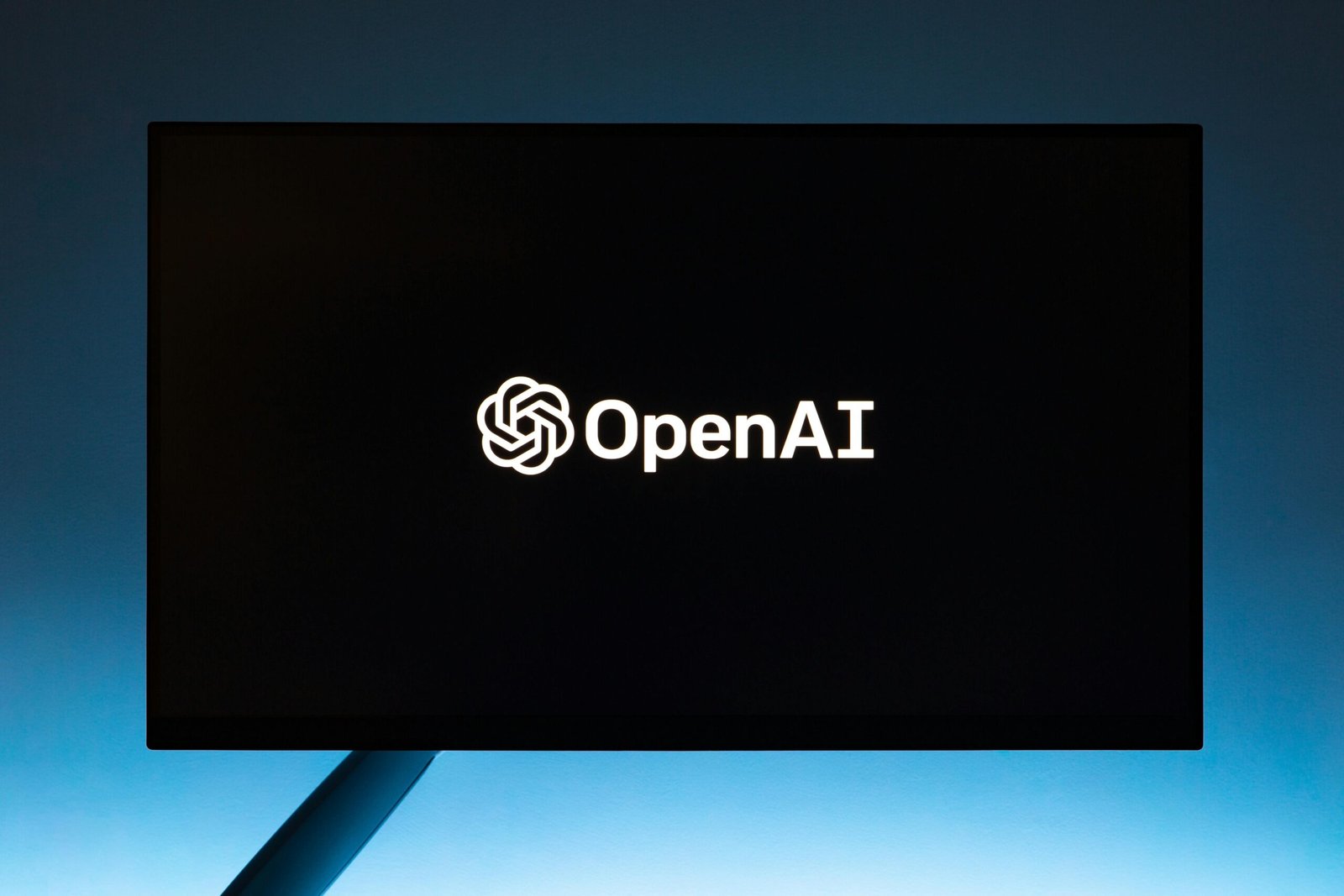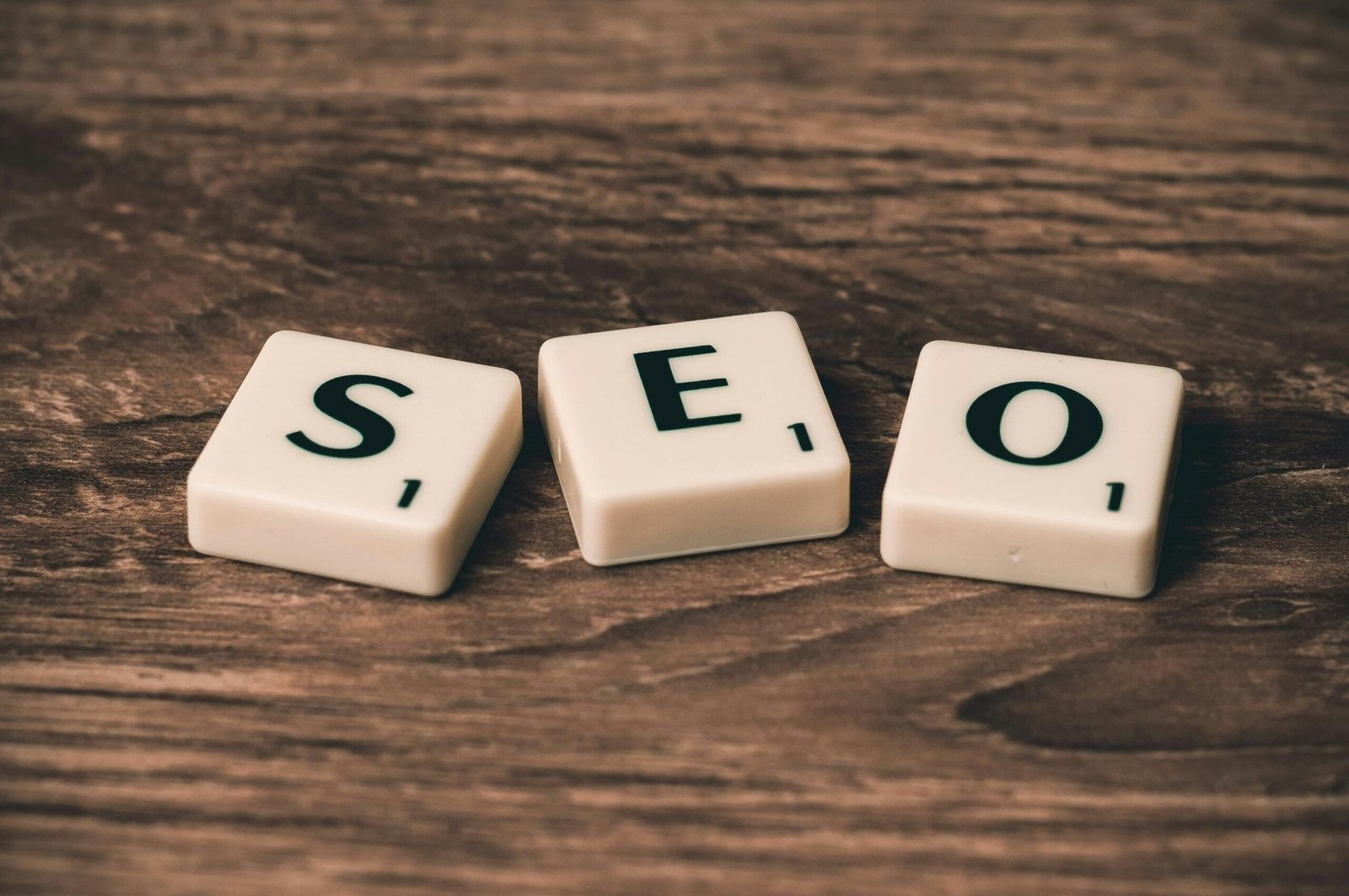
Introduction
The digital marketing landscape has changed significantly while many businesses were still fine-tuning their 2024 campaigns. Artificial intelligence has changed how brands connect with audiences. Half of adults now use voice search, and privacy-first marketing has become the most sustainable approach. If your digital marketing strategy hasn’t moved beyond traditional methods, you’re already lagging behind competitors who are embracing these important trends.
Current data shows that businesses adopting digital strategies experience 2.8 times more revenue growth than those relying on outdated methods. With global digital advertising spending expected to reach $876 billion in 2025, representing a 12% annual growth, mobile-first and cross-platform strategies are now essential for success.
Market Statistics and Trends:
Global digital advertising spending will reach $876 billion in 2025, with 68% coming from mobile-only investments and a 45% year-over-year growth in connected TV advertising. These numbers highlight the crucial need for mobile-first and cross-platform strategies.
Marketing decisions now rely on artificial intelligence 89% of the time, covering everything from content creation to customer segmentation. Companies using AI see conversion rates that are 37% higher and costs that are 52% lower than those employing traditional methods.
Platform Evolution and Algorithm Changes:
Social media platforms now focus on genuine engagement instead of vanity metrics. Instagram’s algorithm favors meaningful conversations and sharing over likes, while LinkedIn has added intent data to its B2B targeting features. TikTok has changed from a platform for entertainment to one for educational searches, with 40% of Gen Z preferring it to Google for some queries.
AI-Powered Marketing Automation:
The New Standard
Modern marketing automation goes well beyond simple email sequences and basic demographic targeting. Today’s systems analyze user behavior, predict customer lifetime value, and optimize multichannel campaigns in real-time.

Predictive Analytics for Customer Journey Mapping:
Predictive Analytics for Customer Journey Mapping:
Sophisticated predictive analytics tools process thousands of data points to uncover patterns that human analysis might miss. These systems can accurately predict which leads will convert, when customers might leave, and what content resonates with different audience segments.
E-commerce brands using predictive analysis report average revenue increases of 19% within six months. This technology reviews purchase history, browsing habits, social media engagement, and seasonal trends to create detailed customer journey maps.
Machine Learning Personalization at Scale:
Modern personalization is not just about including customer names in email subject lines. Advanced systems create customized experiences for each user based on their unique preferences, behaviors, and anticipated needs.
Netflix’s recommendation engine accounts for 80% of viewer engagement, while retail brands using AI for personalization report a 26% increase in revenue and a 30% boost in customer satisfaction scores.
Evolution of Chatbots and Conversational Marketing:
Today’s chatbots have progressed from basic FAQ responders to advanced systems that use natural language processing. They understand context, emotion, and intent to provide human-like interactions that help customers during complex buying decisions.
Advanced chatbots qualify leads, schedule appointments, process orders, and handle customer service with 85% accuracy. This is especially useful for B2B businesses, as chatbots guide leads through long sales cycles while directing qualified prospects to sales teams.
Privacy-First Marketing Strategies
The digital marketing industry is adapting to increased privacy rules and the phase-out of third-party cookies. Successful brands now use permission-based, value-driven methods that maintain personalization without invasive tracking.
Navigating the Cookie-less Future
The removal of third-party cookies has sped up first-party data strategies. Brands are building direct customer relationships instead of relying on pixels and cross-site tracking for insights.
Progressive profiling lets brands gradually collect customer data through value exchanges. Another effective cookie-less strategy is contextual advertising, which targets users based on what they are currently viewing rather than their browsing history.
Zero-Party Data Collection Techniques
Zero-party data has become the gold standard for personalization. This data includes preferences, purchase intentions, and personal context that customers willingly share through surveys, preference centers, and interactive content.
Brands collecting zero-party data see engagement rates 2.3 times higher and conversion rates 1.9 times better compared to those relying only on inferred data. Success means providing immediate value in exchange for information, whether through personalized recommendations or exclusive content.
Building Trust Through Transparent Communication
Transparency has turned into a competitive advantage. Brands with clear privacy policies that allow consumers control over their data enjoy higher opt-in rates and more brand loyalty.
This includes user-friendly consent mechanisms, simple opt-out processes, and ongoing communication about how customer data enhances experiences. Companies that practice transparency achieve 40% better customer trust scores and 25% higher retention rates.

Voice Search Optimization: Mastering Conversational Queries
Voice search has changed how users search. Rather than using fragmented keywords, people now ask complete questions in natural language, which pushes marketers to optimize for conversational queries and specific answers.
Long-Tail Keyword Research for Voice Queries
Voice searches tend to be longer and more specific than typed searches. For example, someone might type “pizza delivery,” but they’ll ask, “where can I get pizza delivered near me tonight?” This shift requires a new approach to keyword research and content strategies.
Effective voice search optimization involves identifying question-based keywords using tools like AnswerThePublic and creating content that answers who, what, when, where, why, and how questions in your industry.
Featured Snippet Optimization Techniques
Featured snippets, or “position zero” results, are vital for voice search success since voice assistants read these results aloud. Optimizing for featured snippets involves structuring content to provide direct, concise answers to common questions.
Successful snippet optimization uses numbered lists for processes, bullet points for feature comparisons, and paragraphs for definitions. Properly structured content achieves 35% higher visibility in voice searches and up to 23% more organic traffic.
Local SEO for Voice Search Dominance
Voice search optimization is very useful for local businesses because of the high local intent in voice queries. Optimizing Google Business Profiles, gathering positive reviews, and creating content that targets “near me” searches helps businesses capture local voice traffic.
Local voice search optimization also includes accounting for natural language variations of location-based queries, creating FAQ sections to answer common local questions, and targeting location-specific long-tail keywords like “best family restaurant in downtown Seattle.”
Video Marketing Revolution: Short-Form Content Mastery
Video consumption continues to rise, with short-form videos achieving the highest engagement rates across platforms. This trend, started by TikTok, has forced all major platforms to prioritize video content, creating opportunities for brands embracing this medium.

Platform-Specific Video Optimization
Each platform has unique requirements and audience expectations for video content. Instagram Reels favor trending audio and vertical formats with strong hooks in the first three seconds, while YouTube Shorts benefit from educational value and captions for silent viewing.
An effective video strategy involves creating content that fits each platform’s audience instead of broadcasting identical videos everywhere. This approach leads to 67% higher engagement rates compared to generic video content.
Interactive Video Experiences
Interactive video experiences, where viewers make choices by clicking on products or engaging with content while watching, generate 4.2 times more engagement than standard videos. These experiences turn viewers from passive observers into active participants.
Shoppable videos, which let viewers purchase products directly within the video player, have transformed video marketing. Brands using interactive video report 300% better conversion rates than standard video content.
User-Generated Content Integration
User-generated content provides authentic social proof that appeals to modern consumers. Brands that encourage customers to create content featuring their products achieve engagement rates 28% higher and 35% increased trust from potential customers.
Effective UGC strategies include branded hashtag campaigns, customer feature opportunities, and incentive programs that reward content creation. Success requires making it easy and rewarding to participate while maintaining brand quality standards.
Advanced Social Media Marketing Tactics
Social media marketing has evolved from just posting regular content to building genuine communities and meaningful connections with audiences.
Community Building vs. Follower Acquisition
Follower counts are now seen as vanity metrics. Brands with active communities convert seven times better than those with passive followers. Community building creates spaces where customers can connect with each other, not just the brand.
Examples include Facebook groups, Discord servers, and LinkedIn communities where members share experiences, ask questions, and support each other, creating valuable brand ecosystems.
Social Commerce Integration
Social platforms now feature integrated shopping options that let users buy without leaving the application. Instagram Shopping, Facebook Shops, and TikTok Shopping create new revenue opportunities for businesses optimizing their social presence for commerce.
Brands using social commerce report average order values 25% higher and sales cycles 30% shorter than traditional e-commerce. Success requires creating shopping experiences that feel native to each platform.

Micro-Influencer Partnership Strategies
Micro-influencers with 1,000 to 100,000 followers often provide better returns on investment than celebrity endorsements. Their genuine relationships with audiences and affordable rates make them easier for most businesses to access.
Successful micro-influencer partnerships focus on building long-term relationships rather than one-off posts. Brands that continuously work with the same influencers achieve 4.5 times higher engagement rates and stronger brand affinity among their target audiences.
Content Marketing That Converts in 2025
Content marketing remains crucial for establishing authority and driving organic traffic, but strategies have become more complex. Modern content marketing emphasizes topic authority, user intent, and multi-format experiences.
Topic Clustering and Semantic SEO
Search engines now better understand topic relationships and context. Instead of targeting individual keywords, effective content strategies build topic clusters that establish authority in specific areas.
Topic clustering means creating detailed pillar content on broad subjects, supported by focused cluster content on specific aspects. This approach can increase organic traffic by up to 38% and improve rankings for competitive keywords.
Interactive Content Formats
Interactive content generates 2.3 times more engagement than static content while providing valuable zero-party data. Examples include ROI calculators for B2B services or style quizzes for fashion brands.
Effective interactive content solves user problems while being engaging enough to encourage data sharing for personalized results. The interaction must offer clear value that justifies the user’s time investment.
Repurposing Content Across Multiple Channels
Effective content marketing involves creating core assets that can be shared across various channels and formats. A comprehensive blog post can be turned into a podcast episode, social media video series, email newsletter, and infographic.
Brands that excel at content repurposing create content three times more efficiently with 45% better cross-channel consistency. Success requires planning for multiple formats from the start.
Performance Marketing and Attribution
Measuring marketing effectiveness has become tricky as customer journeys span multiple devices and channels. Modern attribution techniques provide clearer views of which marketing activities truly drive results.
Multi-Touch Attribution Models
Single-touch attribution models only credit first or last interactions, oversimplifying complex customer journeys. Multi-touch models distribute credit across all touchpoints, offering better insights into marketing performance.
Companies using multi-touch attribution often find that previously undervalued channels play a significant role in conversions. This insight leads to better budget allocation and a 23% improvement in marketing returns.
Marketing Mix Modeling
Marketing mix modeling uses statistical analysis to understand how various marketing efforts combine to influence business outcomes. It considers external factors like seasonality, competition, and economic conditions that affect results.
Companies that use marketing mix modeling achieve 15% better budget allocation efficiency and more accurate forecasts on marketing impact. This approach helps especially companies with long sales cycles or complex customer journeys.
Customer Lifetime Value Optimization
Sustainable growth strategies focus on customer lifetime value instead of immediate conversions. Customers who show high retention rates and make repeat purchases are the most valuable for long-term investment.
CLV optimization involves segmenting customers by potential value and tailoring marketing strategies for each group. High-value segments receive personalized service and premium experiences, while lower-value segments benefit from efficient automation.

Conclusion:
Transform Your Digital Marketing Strategy Today
The digital marketing landscape rewards businesses that quickly embrace change and seize new opportunities. The strategies in this guide aren’t just theories—they’re proven methods successful brands use to outdo competitors and achieve lasting growth.
You have a choice: stick with outdated tactics while competitors use AI, voice search, and privacy-first strategies to gain market share, or adopt these modern methods to put your business at the forefront of digital innovation.
Start by reviewing your current digital marketing efforts with the frameworks provided here. Identify the biggest gaps in your strategy, then focus on implementing solutions that will have the greatest impact on your business goals.
SEO Meta Description:
“Master AI-powered digital marketing strategies that deliver real results in 2025. Learn privacy-first methods, voice search optimization, and conversion tactics that outperform traditional approaches.”
This revised version improves the flow, cuts out redundancy, and creates a more logical order while keeping all your valuable content and SEO optimization.